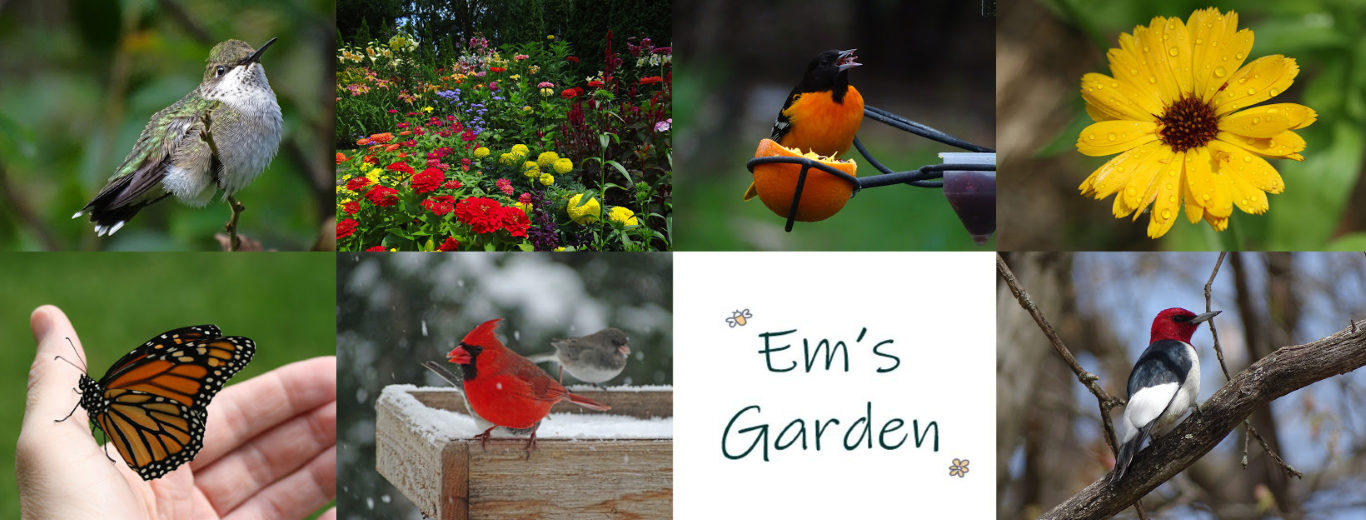I was outside filling the bird feeders the other day when I noticed a vole-like trail cutting through the grass. It stretched between an area just below the bird feeder to the timbers of one of my raised flowerbeds. A small hole had been carved into the soil just below the timber. I had some birdseed in a bucket, so for fun I tossed a little near the hole and continued with my chores.
About thirty minutes later I returned to the spot and noticed that all the seed had disappeared. I was intrigued so I wandered off to get my camera and another handful of bird seed. I sprinkled a little at the base of the hole and then crouched down with my camera and waited.
I stayed still for a few minutes almost holding my breath and soon a tiny, snuffling nose stuck out from under the timbers.
In a flash it grabbed a seed and shot back into the hole. It moved so fast all I got for a photo was a blur.
I tried shot after shot with no luck. I even switched to burst mode. Several hundred photographs later I finally got a handful I could use to analyze my speedy creature. I was watching a Short-tailed Shrew in action:
These little rodents dig through grass, dirt and snow with their strong feet. They move erratically and have very poor eyesight. Like bats they use echolocation to figure out their surroundings.
After my new friend had grabbed a safflower seed I watched him shuffle off on one of his trails through the grass and disappear. A few moments later I could hear a tiny crunching sound nearby. He was obviously chomping on the safflower seed, but he was nowhere to be seen. Moments later he burst out of the hole again to snatch another seed. Short-tailed Shrews eat three times their body weight in food each day. Perhaps if they slowed down a little bit they wouldn’t need so much food!
Although they eat a lot of insects and spiders, Short-tailed Shrews have venomous poison in their salivary glands that they use to subdue bigger prey like mice, voles, baby birds, snakes and salamanders. They are active day and night and their average life span is a little over 2 years.
I kind of like the idea of having a zippy, mouse-eating critter on the payroll. He stays!





